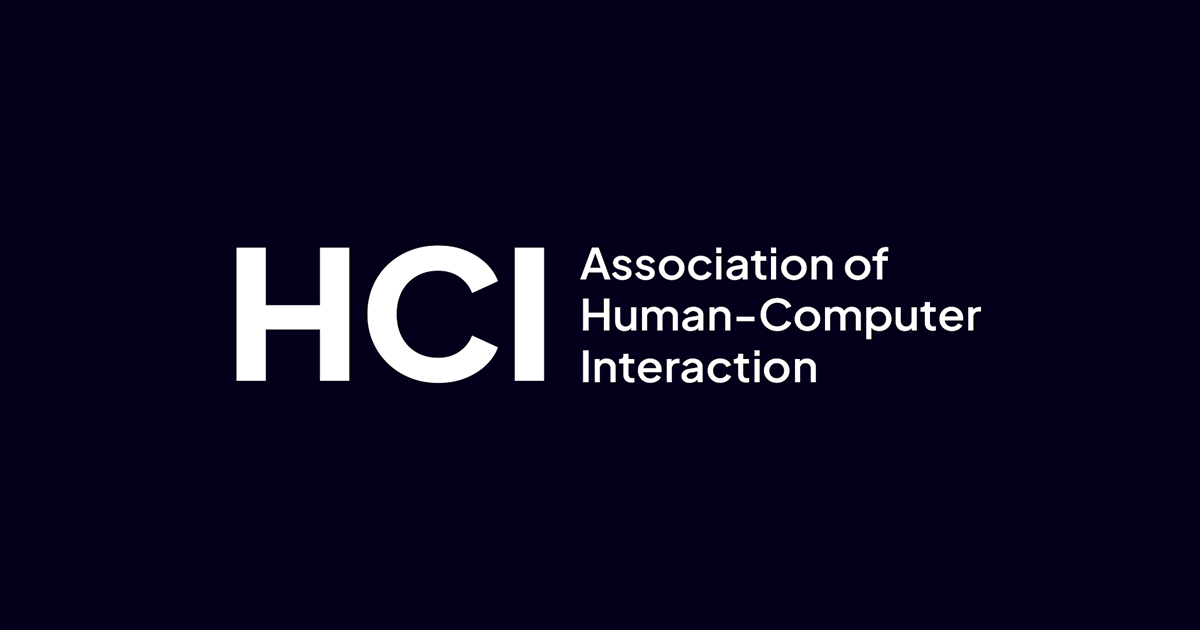Human-Computer Interaction (HCI) is an interdisciplinary field that examines the interactions between humans and digital technology. The evolution of HCI has been influenced by various factors, including advancements in technology, changes in user behavior, and the emergence of new design paradigms. In this article, we will provide a comprehensive review of the past and future directions of HCI.
History of Human-Computer Interaction
The field of HCI emerged in the 1970s with the advent of personal computers. Initially, HCI research focused on improving the usability of computer systems through the development of user interfaces. The early research efforts were centered around improving the efficiency and effectiveness of human-computer interactions.
As technology progressed, new design paradigms emerged, and HCI research expanded to include the examination of the emotional and social aspects of human-computer interactions. In the 1990s, the field of HCI began to incorporate principles from cognitive psychology, which helped to provide a more comprehensive understanding of human behavior.
Recent Developments in Human-Computer Interaction
In recent years, HCI research has been influenced by various trends, including the increasing use of mobile devices, the emergence of artificial intelligence, and the growing popularity of virtual and augmented reality. These trends have led to new design challenges, such as developing user interfaces that are compatible with various screen sizes and input methods.
One of the most significant developments in HCI has been the integration of machine learning techniques. Machine learning algorithms can analyze user behavior and provide personalized recommendations based on that analysis. For example, companies like Amazon and Netflix use machine learning algorithms to provide personalized product recommendations to users.
Future Directions of Human-Computer Interaction
The future of HCI is likely to be shaped by several emerging technologies, including wearable devices, internet of things (IoT) devices, and brain-computer interfaces. Wearable devices like smartwatches and fitness trackers have already gained significant popularity, and they are likely to become even more prevalent in the future.
IoT devices are also becoming increasingly popular, and they are expected to transform the way we interact with technology. These devices can be integrated into various aspects of our daily lives, such as smart homes, smart cities, and smart transportation systems.
Brain-computer interfaces (BCIs) are another emerging technology that has the potential to revolutionize HCI. BCIs allow users to control digital devices using their thoughts, which can be beneficial for individuals with disabilities. The development of BCIs is still in its early stages, but researchers believe that they could eventually become an essential part of human-computer interactions.
Closing Remarks
The evolution of HCI has been shaped by various factors, including advancements in technology, changes in user behavior, and the emergence of new design paradigms. As technology continues to progress, new design challenges and opportunities will arise, and the field of HCI will need to continue to evolve to keep up with these changes. The integration of machine learning techniques and the emergence of new technologies, such as wearables, IoT devices, and BCIs, are likely to shape the future of HCI. The development of these technologies will provide new opportunities for researchers and designers to create innovative and effective human-computer interactions.
